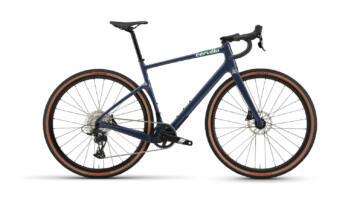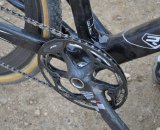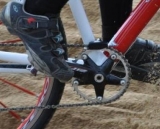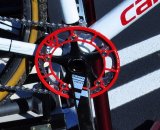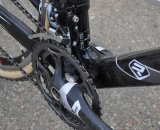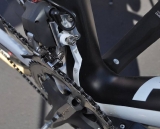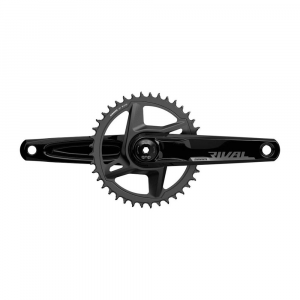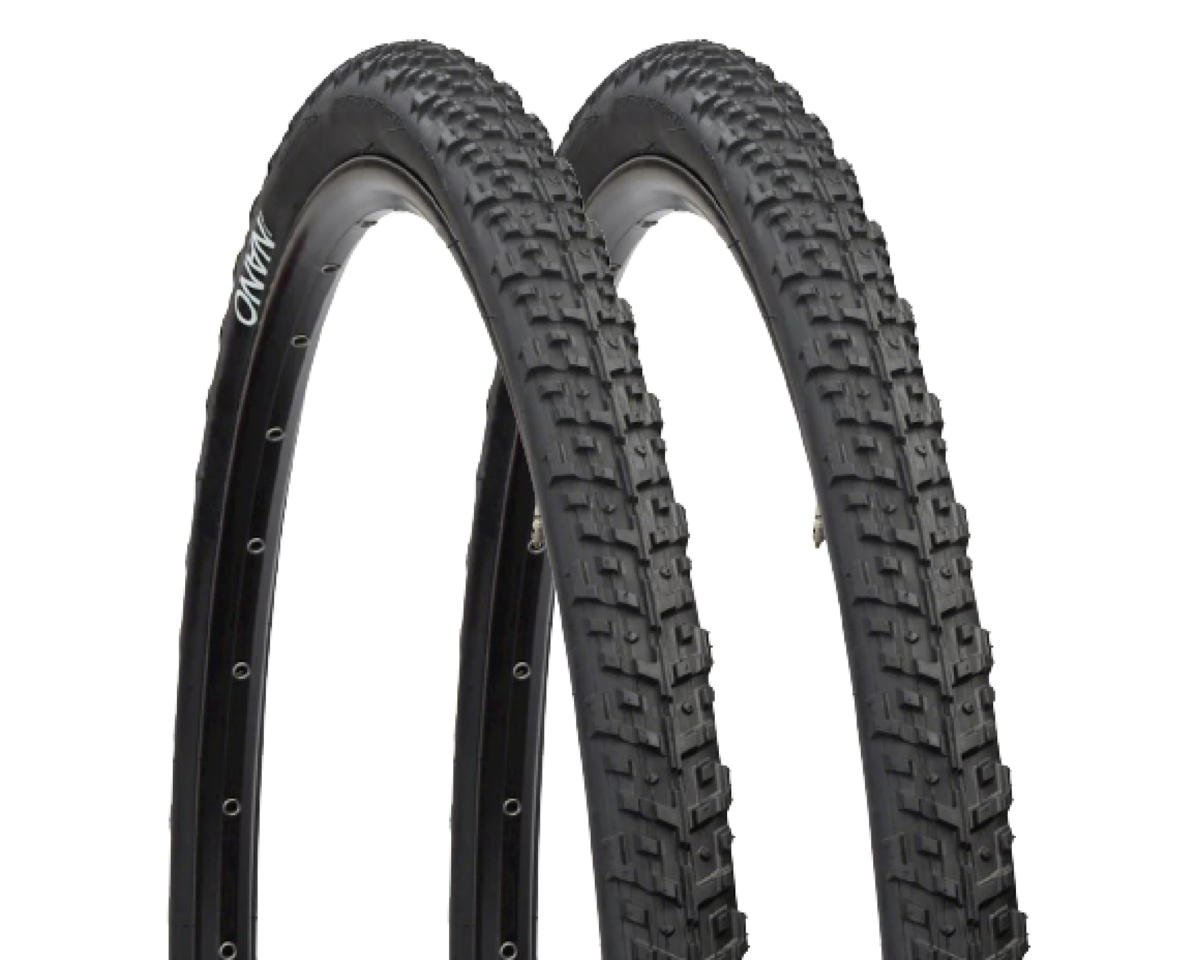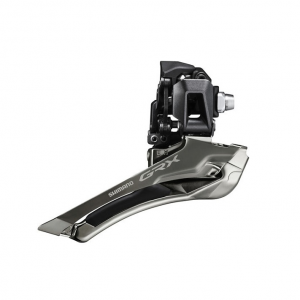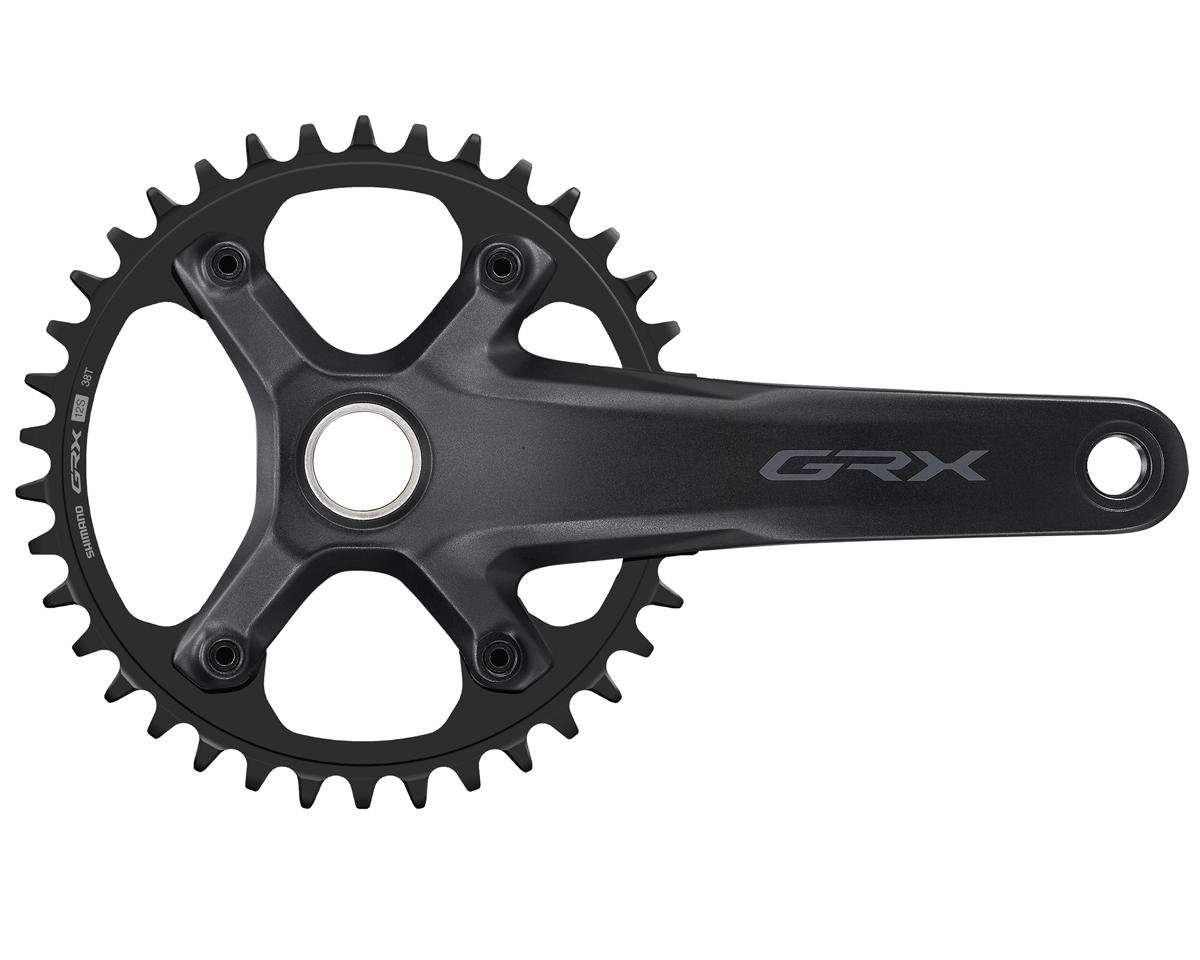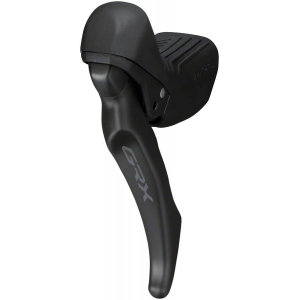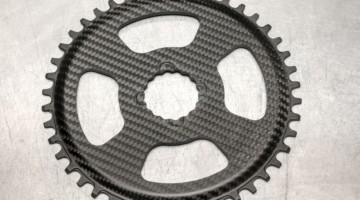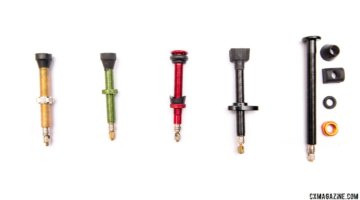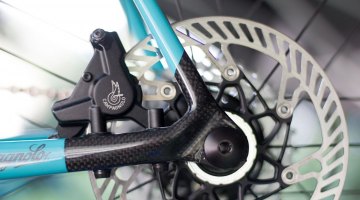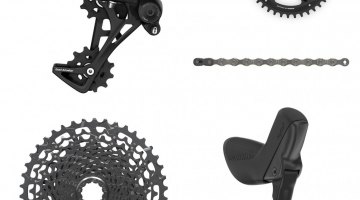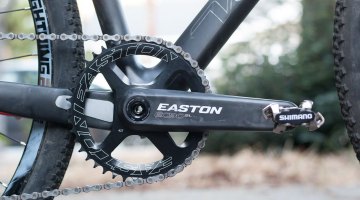Thinking about what to do about your chainring this season? We’re looking back at an oldie-but-goodie Mechanical Monday that delves into the pros and cons of single and double chainrings.
Daimeon Shanks, pro mechanic and co-owner of The Service Course repair shop in Boulder, Colorado, has compiled his list of must-haves for the cyclocross pits. Prepare for the races ahead with a pro setup that’s sure to see you through to glory. Once you’ve read Shanks’ advice, check out our chainring breakdown in Issue 10.
by Daimeon Shanks
Single or Double?
There is a myriad of options for cyclocross bike setup. Choosing the correct equipment for your riding style, personal preference, and racing situations can be both befuddling and infuriating. Unfortunately, there’s no such thing as a ‘right for everyone’ setup – ask 10 people and you’ll likely get 10 varied answers.
Deciding between a single or double chainring setup is probably one of the decisions that people feel the strongest about. It can greatly affect all of your other equipment choices including, but not limited to, the shifters, front derailleur, bottom bracket, rear derailleur, and cogset.
I’m not going to go on record as a proponent of one or the other; I think there’s a place and time for both. Deciding on your best option is basically that: your decision. So here’s an overview of the two setups and their respective benefits.
Single Ring
The racer’s setup. A single ring upfront limits your gear combinations, but for most race situations, one chainring with a 10sp cassette gives you plenty of options.
Probably the most common combo is a 42 teeth chainring and an 11-27 cassette. Just large enough for a tolerably good sprint, but small enough to slug through a muddy pit. Or if you’re just not that fit, as is my case.
There are two main benefits to a single ring setup: simplicity and light weight. It’s simple, as you no longer have to worry about front derailleur adjustment or left-handed shifting, and much lighter as you get rid of a front derailleur, cables/housing, and a left shifter.
The front derailleur keeps the chain on the chainrings during the bumpy stuff, so to run a single ring something else must be used to keep your chain from dropping. Obviously.
Some people run a chainguard both on the outside and inside of the chainring. To accomplish this, you must use a chainring bolt kit made for a triple crankset and spacers to keep the inner guard off of the chainring. Sometimes the inner guard needs to be smaller than the outer to accommodate the curve of the chainstay – as is the case for Allen Krughoff’s Ridley X-Fire.
More common is the combination of an outer guard and an inner ‘chain keeper’ that basically prevents the chain from falling to the inside. Some, such as the K-Edge single ring keeper, have a lip that folds over the top of the chain to prevent it from coming off in the really, REALLY bumpy stuff.
Lastly, Paul’s Components makes a chain keeper that sits over the entire top portion of the chainring to keep the chain secure. Sort of a lighter version of a downhill chain keeper.
In my experience, the K-Edge setup is the most secure (and best looking!), but, as with all things, you pay for what you get. The Third Eye chain keeper and a Salsa outer guard is the most economical bang for your buck. If you’re really cheap, you can even make a homemade chainguard out of an old chainring that you may have lying around – as long as you have a good file and some patience!
Double Ring
Doing a head count at the local ’cross race this last Sunday, I found that the double ring setup is much, much more popular than the single. The reason for this, I believe, is that almost all stock cyclocross bikes are sold with a double setup to make their bikes more utilitarian. Most average racers simply don’t mess with their componentry much when they’re purchasing an entire bike.
Having a double DOES make the bike much more employable after the (regrettably) short ’cross season is finished. Many racers I know will throw on a pair of standard road wheels and some fenders and make their ’cross bike into a winter training bike. Or even an everyday commuter. The slightly higher, less aggressive geometry and comfortable ride qualities make cyclocross bikes great for putting in the long, slow early-season training miles.
The downside to having a double is that front derailleurs just aren’t designed for the smaller chainring sizes found on ’cross bikes. Chainring combos typically run around the 38/46 tooth range, but rarely will serious racers use anything larger than a 48. Even a front derailleur designed for a compact (such as FSA’s or Campy’s) will not be able to be positioned low enough for the derailleur cage to clear the chainstay. Therefore, the front shifting isn’t that great, no matter what you do.
The obvious benefit for the ’cross racer is the added gear range. You effectively double the amount of gears you can choose from during a race (yes, I know there’s some overlap, but I’m no Sheldon Brown, so don’t go there…). Does it matter? Depends where you race. Take your local race scene into account and decide if you really need the extra gear range.
Because of the poor front derailleur position on cyclocross bikes, it’s usually a good idea to use a chain keeper in combination with the derailleur, especially if you’re using Di2 as the motor that pushes the chain down is quite strong. Third Eye and K-Edge both make great chain keepers that work great with a double setup for extra security.











